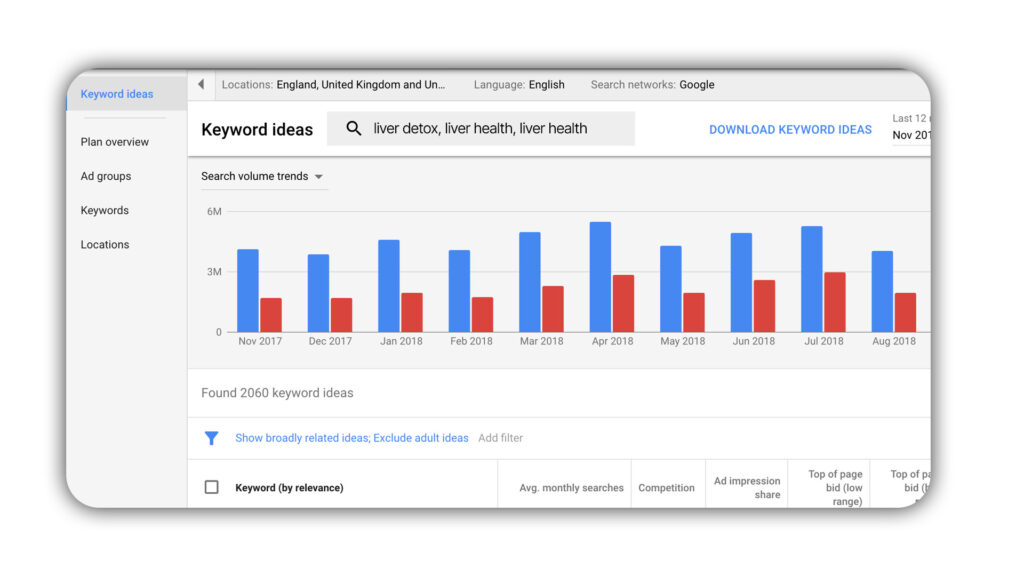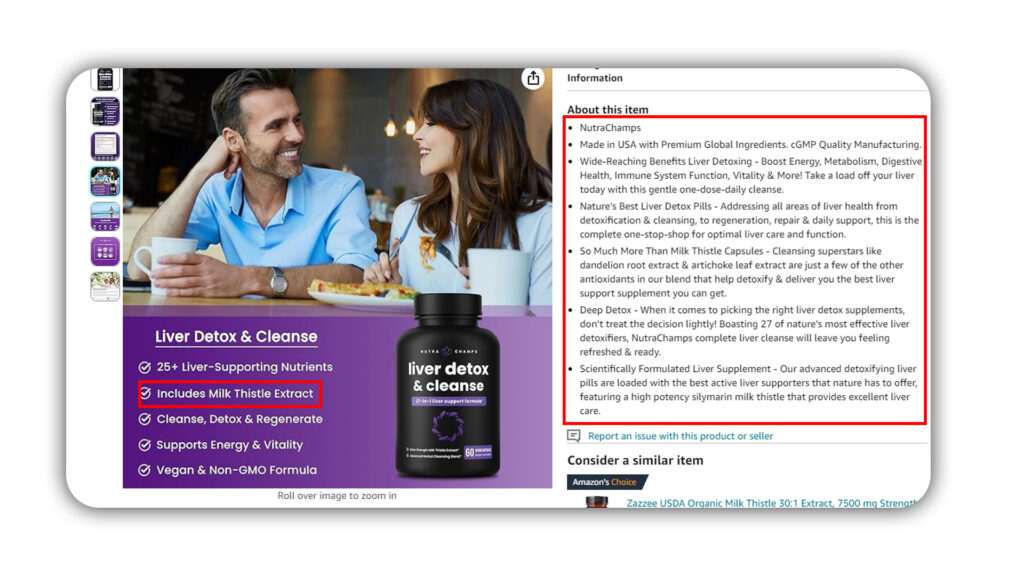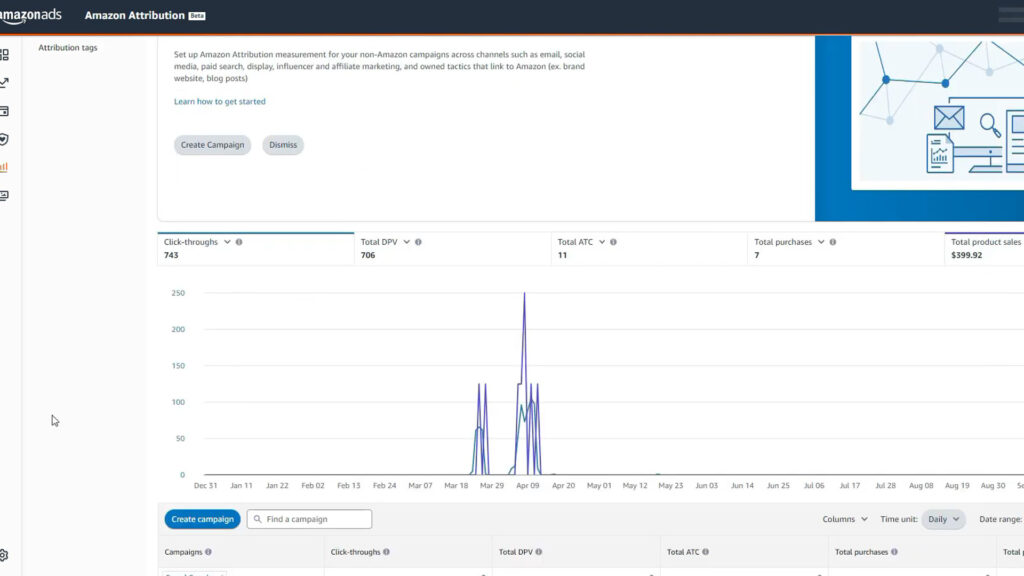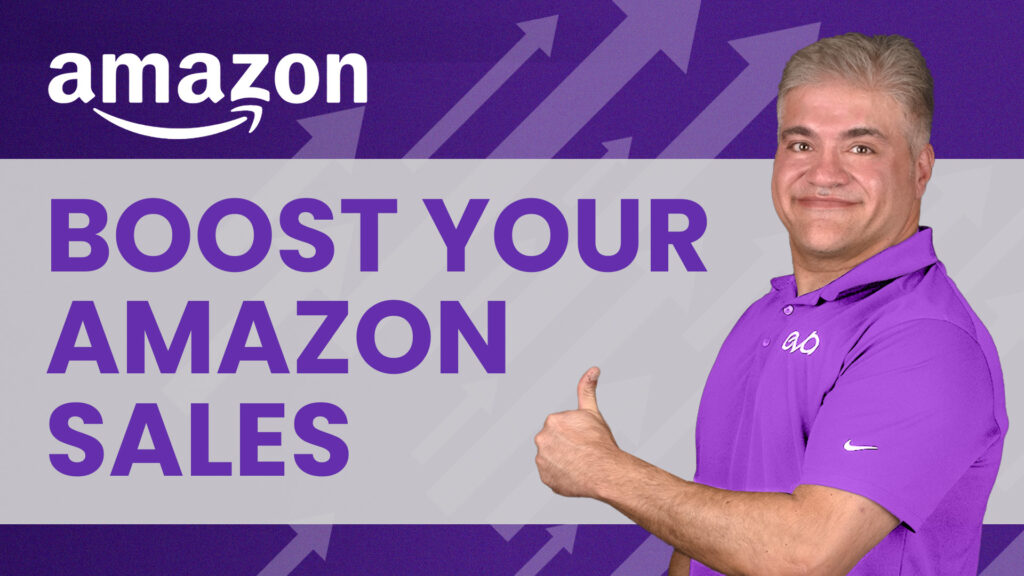Running Google Ads for your Amazon products has become a hot topic in recent years.
Many sellers are exploring external traffic sources to boost their sales on Amazon, and Google Ads is one of the most effective ways to do so.
In this guide, we’ll walk you through a cost-effective strategy to drive traffic from Google Ads to your Amazon listings, improve your organic rankings, and increase your profits.
1. Introduction to Google Ads for Amazon Products
Google Ads can be a game-changer for Amazon sellers looking to increase their product visibility and sales.
By driving external traffic to your Amazon listings, you can enhance your organic rankings, which in turn boosts your overall sales.
However, the key to a successful Google Ads campaign lies in strategic planning and execution. In this guide, we will discuss an innovative approach that is both cost-effective and highly profitable.
2. Setting Up Your Google Ads Campaign
The first step in running a successful Google Ads campaign is setting up your campaign correctly. Here’s a step-by-step guide:
A. Create a Google Ads Account
If you don’t have a Google Ads account, you’ll need to create one. Simply go to the Google Ads homepage and follow the prompts to set up your account.
B. Set Your Campaign Goal
For driving traffic to your Amazon listings, select “Website Traffic” as your campaign goal. This will help you focus on getting as many clicks to your site as possible.
C. Choose Your Campaign Type
Select “Search” as your campaign type. Search campaigns are highly effective for capturing intent-driven traffic from users actively searching for solutions that your product offers.
D. Define Your Budget and Bidding Strategy
Start with a small budget to test the waters. You can always scale up once you see positive results. Choose a manual CPC (cost-per-click) bidding strategy to have better control over your expenses.
E. Select Your Target Audience
Focus on targeting the United States initially. Once you’ve gathered enough data, you can refine your audience further based on performance metrics.
F. Create Your Ad Groups and Ads
Organize your campaign into tightly themed ad groups. Each ad group should contain ads targeting a specific set of keywords. Write compelling ad copy with clear calls to action to encourage clicks.
3. Keyword Research with Google Keyword Planner
Keyword research is the backbone of any successful Google Ads campaign. Here’s how to use Google Keyword Planner to find the best keywords for your ads:
A. Access Google Keyword Planner
You can find Google Keyword Planner within your Google Ads account under the “Tools & Settings” menu.
B. Discover New Keywords
Click on “Discover New Keywords” and enter keywords related to your product. For example, if you’re selling a liver detox supplement, you might enter keywords like “liver detox,” “liver health,” and “fatty liver.”
C. Analyze Search Volume and Competition
Look for keywords with high search volumes and low competition. This will help you find cost-effective keywords that can drive significant traffic to your Amazon listings.
D. Select Your Keywords
Based on your analysis, choose a mix of high and low competition keywords. For instance, “fatty liver” could be a prime keyword if it has low competition and high search volume.

4. Creating Effective Blog Posts
Once you’ve identified your keywords, the next step is to create a blog post that targets these keywords. This blog post will serve as a bridge between your Google ad and your Amazon listing.
A. Write a Compelling Blog Post
Your blog post should be informative and engaging. Start with an attention-grabbing headline and introduction. Use subheadings to break up the content and make it easier to read.
B. Incorporate Your Keywords
Naturally, incorporate your chosen keywords throughout the blog post. Avoid keyword stuffing, as this can harm your SEO efforts. Instead, aim for a keyword density of around 1-2%.
C. Add Visuals
Include images, infographics, or videos to make your blog post more appealing. Visual content can help retain readers’ attention and improve the overall user experience.

D. Include a Call to Action
Encourage readers to visit your Amazon listing by including clear calls to action (CTAs). For example, you could add a CTA like “Check Price and Purchase on Amazon” with a hyperlink to your product page.
E. Optimize for SEO
Ensure your blog post is optimized for SEO by using appropriate meta titles, descriptions, and alt text for images. This will help your blog rank higher in search engine results, driving even more traffic.

5. Tracking and Optimizing Your Campaigns
To ensure your Google Ads campaign is successful, you need to track its performance and make necessary adjustments.
A. Use Amazon Attribution
Amazon Attribution allows you to track the performance of your external traffic campaigns. Set up Amazon Attribution links to monitor how your Google Ads traffic converts into sales on Amazon.
B. Analyze Key Metrics
Regularly review key metrics such as click-through rate (CTR), conversion rate, and return on ad spend (ROAS). These metrics will help you understand the effectiveness of your campaign and identify areas for improvement.
C. Optimize Your Ads
Based on your analysis, make necessary adjustments to your ads. This could involve tweaking your ad copy, adjusting your bids, or refining your target audience.

6. How Eva Can Help
Eva Commerce is a leading eCommerce technology company dedicated to helping brands achieve profitable growth on Amazon, Walmart, and other marketplaces.
Our unique AI platform, combined with expert support, enables brands to optimize their advertising strategies and make data-driven decisions.
Eva’s AI platform is the only context-aware advertising solution that integrates inventory levels, conversion rates, and profitability metrics across all marketplaces, not just Amazon.
Our experts analyze this data to determine the best actions for your advertising campaigns, ensuring maximum efficiency and ROI.
As an Amazon Advanced Partner and Walmart Strategic Solution Partner, Eva also collaborates with industry giants like TikTok, eBay, Shopify, Google, Meta, Wayfair, Faire, and more.
By focusing on profitability, Eva ensures sustainable growth and helps brands invest in the most effective multimedia mix for their marketing efforts.
Ready to take your Amazon business to the next level? Book a free consultation with Eva Commerce.
FAQs
The best way is to create a compelling blog post targeting relevant keywords and drive traffic to this blog post using Google Ads. From the blog post, direct visitors to your Amazon listing with clear calls to action.
Use Google Keyword Planner to discover keywords with high search volumes and low competition. Focus on keywords that are closely related to the problem your product solves.
Amazon Attribution provides detailed insights into how your external traffic converts into sales on Amazon. It helps you track key metrics and optimize your campaigns for better results.
Your blog post should be informative and engaging, with a clear headline, subheadings, visuals, and a strong call to action. Incorporate relevant keywords naturally and optimize for SEO.
Eva Commerce offers an AI-driven platform that integrates inventory levels, conversion rates, and profitability metrics across all marketplaces. This helps you make data-driven decisions and optimize your advertising strategies for maximum ROI.
Start with a small budget to test the effectiveness of your campaign. Once you see positive results, gradually increase your budget to scale up your traffic and sales.
Key metrics include click-through rate (CTR), conversion rate, and return on ad spend (ROAS). These metrics help you understand the effectiveness of your campaign and identify areas for improvement.
Yes, you can use Google Ads to drive traffic to products on other marketplaces like Walmart. Adjust your targeting and keywords based on the specific marketplace.
Regularly review your campaign performance, ideally on a weekly basis. Make necessary adjustments based on the data to ensure your campaign remains effective and cost-efficient.
Eva Commerce’s AI-driven platform provides context-aware advertising solutions that integrate key metrics across all marketplaces. This helps you make informed decisions and optimize your campaigns for better profitability and sustainable growth.
Conclusion:
Running Google Ads for your Amazon products can be a highly effective strategy to boost your sales and improve your organic rankings.
By following the steps outlined in this guide, you can create a successful campaign that drives traffic to your Amazon listings and maximizes your ROI.
And with the support of Eva Commerce’s AI-driven platform, you can optimize your advertising strategies and achieve profitable growth on Amazon and other marketplaces.
Ready to take your Amazon business to the next level? Book a free consultation with Eva Commerce and start optimizing your advertising campaigns today.








